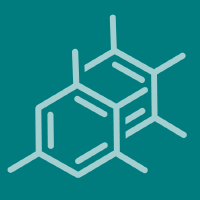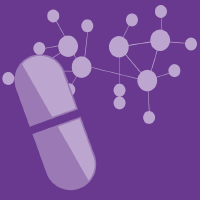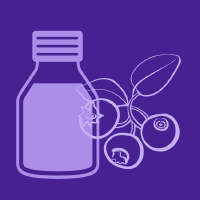Topic Editors


Bioactive Phytochemicals from Plant Essential Oils and Extracts, 2nd Edition
Topic Information
Dear Colleagues,
Plant resources containing phytochemicals and natural products with medicinal and healthy functions abound. Most phytochemicals contained in herbal and woody plants are flavonoids, lignans, phenylpropanoids, quinoids, tannins, stilbenes, terpenoids, steroids, saponins, alkaloids, glycosides, etc. Natural products in plants exhibit numerous bioactive properties, including antiaging effects, anti-Alzheimer’s activity, anticancer activity, antihypertensive activity, antigout activity, antimelanogenesis effects, antimicrobial activity, antidiabetic activity, antiobesity activity, etc. The process of extracting phytochemicals that have specific bioactive effects and medicinal properties from plants is one of the important areas in natural product research. Recently, through innovative developments in chromatographic and spectroscopic technology, it has become possible to identify more bioactive phytochemicals in various plants and separate them from their sources. This Topic aims to explore more bioactive plant essential oils and extracts, to isolate and identify phytochemicals possessing specific bioactivities, and to illustrate the mechanisms behind enzyme kinetic assays, model organism study, molecular docking analysis, and so on. By continuing to advance scientific research in this area, it will become possible to obtain more bioactive essential oils, extracts, and phytochemicals from plants and harness their potential in pharmaceuticals and other healthy products.
Prof. Dr. Hui-Ting Chang
Prof. Dr. Nour Eddine Es-Safi
Dr. Pei-Ling Yen
Topic Editors
Keywords
- plant natural products
- antiaging effect
- anti-Alzheimer’s activity
- anticancer activity
- antihypertensive activity
- xanthine oxidase inhibitory activity
- antimelanogenesis effect
- antimicrobial activity
- antidiabetic activity
- antiobesity activity
Participating Journals
| Journal Name | Impact Factor | CiteScore | Launched Year | First Decision (median) | APC | |
|---|---|---|---|---|---|---|

Molecules
|
4.6 | 8.6 | 1996 | 16.1 Days | CHF 2700 | Submit |

Nutraceuticals
|
- | - | 2021 | 32.7 Days | CHF 1000 | Submit |

Pharmaceuticals
|
4.8 | 7.7 | 2004 | 14 Days | CHF 2900 | Submit |

Plants
|
4.1 | 7.6 | 2012 | 17.7 Days | CHF 2700 | Submit |

Antioxidants
|
6.6 | 12.4 | 2012 | 17.4 Days | CHF 2900 | Submit |

International Journal of Molecular Sciences
|
4.9 | 9.0 | 2000 | 20.5 Days | CHF 2900 | Submit |

Preprints.org is a multidisciplinary platform offering a preprint service designed to facilitate the early sharing of your research. It supports and empowers your research journey from the very beginning.
MDPI Topics is collaborating with Preprints.org and has established a direct connection between MDPI journals and the platform. Authors are encouraged to take advantage of this opportunity by posting their preprints at Preprints.org prior to publication:
- Share your research immediately: disseminate your ideas prior to publication and establish priority for your work.
- Safeguard your intellectual contribution: Protect your ideas with a time-stamped preprint that serves as proof of your research timeline.
- Boost visibility and impact: Increase the reach and influence of your research by making it accessible to a global audience.
- Gain early feedback: Receive valuable input and insights from peers before submitting to a journal.
- Ensure broad indexing: Web of Science (Preprint Citation Index), Google Scholar, Crossref, SHARE, PrePubMed, Scilit and Europe PMC.
Related Topic
- Bioactive Phytochemicals from Plant Essential Oils (8 articles)

